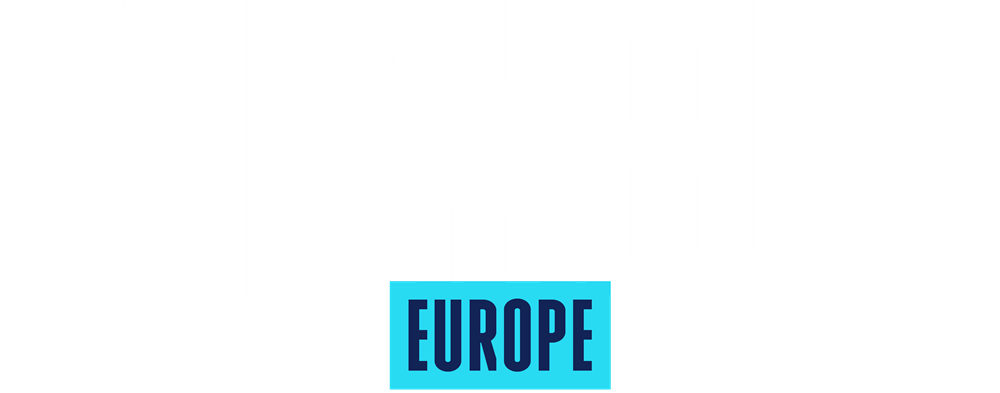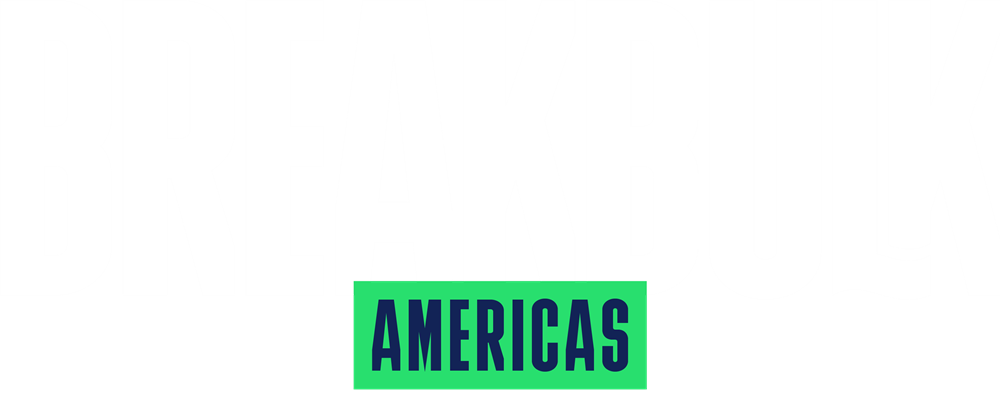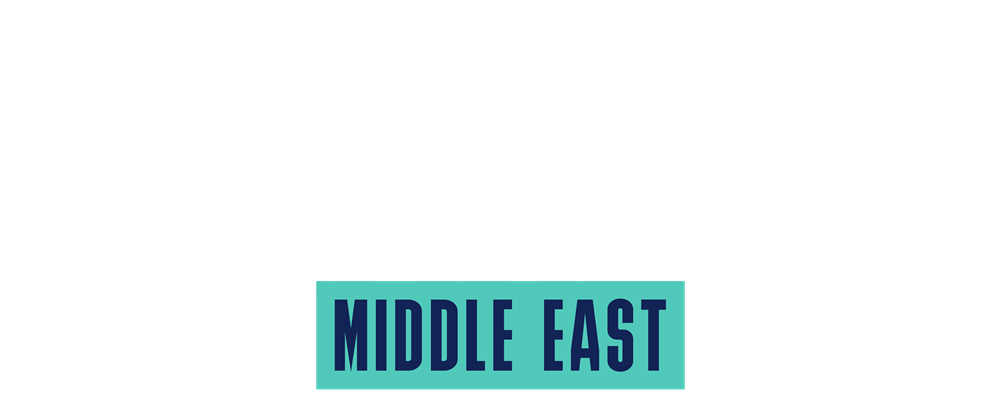THLG Shares Insight on the Trends Driving Industry Growth
_1.jpg)
By the Executive Committee of The Heavy Lift Group
As an international group of specialized heavy transport companies, the range of project cargoes handled by members of The Heavy Lift Group (THLG) is broad, but identifiable trends are driving particular areas for growth.
Logistics services capable of handling heavy-lift, project cargo and oversized transport assignments start-to-finish are being sought by the renewables sector, for example, as demand to transport and deliver wind farm components and solar power plants surge.
THLG members also report strong opportunities in coordinating the intricate logistics behind establishing the synchronized condenser stations used to stabilize the electrical grid as more renewable energy sources are introduced.
These are the type of high value, out of gauge and often fragile loads on which THLG’s logistics expert members build their businesses. They will provide or manage all trucking, rail and ship transportation, but also the surveying, inspection and documentation, loading and terminal handling processes, and the relationships with importers, exporters, brokers and specialized freight services in between.
Decarbonization imperatives are not only influencing the kind of cargoes we are assigned to handle; they are driving change in the methods we use to transport these cargoes, too.
Changing business climate
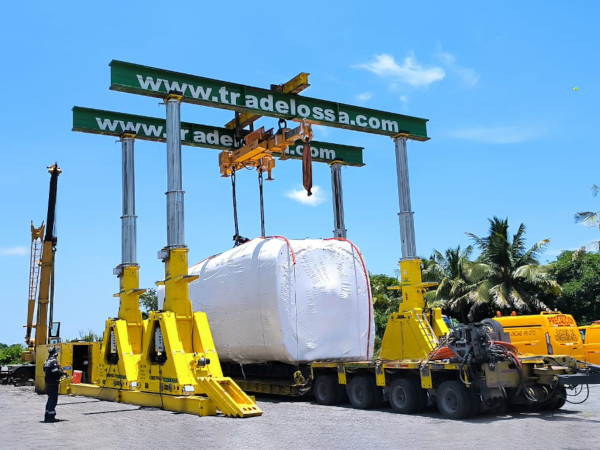 Increasingly, customers demand the use of solutions and processes that minimize carbon dioxide emissions, such as biofuels, electric vehicles and optimized routing for fuel efficiency. They also expect sustainable packaging and handling methods for reduced waste, as well as the ability to track their carbon footprint as part of a fully transparent supply chain.
Increasingly, customers demand the use of solutions and processes that minimize carbon dioxide emissions, such as biofuels, electric vehicles and optimized routing for fuel efficiency. They also expect sustainable packaging and handling methods for reduced waste, as well as the ability to track their carbon footprint as part of a fully transparent supply chain.
Striving to meet these expectations, THLG is actively monitoring, through in-house surveys, the status of its members’ sustainability programs. In addition, future group conferences will place greater emphasis on decarbonization to help members keep abreast of their sustainability commitments.
Environmental regulations pertinent to our members include the International Maritime Organization’s Carbon Intensity Indicator and the European Union’s Fit for 55 package, which target reduced CO2 emissions from the maritime industry and the wider transport sector, respectively.
However, intensifying environmental requirements are just one part of a fast-evolving regulatory framework that is adding new layers of complexity to an already-complex business. Our members also have to consider changes in European trade regulations and customs procedures, the EU’s proposed speed limiter mandate, challenges surrounding heavy transport permits in Germany, the United States’ planned introduction of port fees for Chinese-flagged vessels, and the growing international demand for supply chain transparency, among other factors.
Against this background, THLG members need to remain informed and agile, ready to adjust their operations as the rules dictate. Proactive measures include regularly updating compliance protocols, investing in staff training, and collaborating with industry partners to navigate the evolving regulatory landscape successfully.
Coordinated response
The THLG Executive Committee is refining governance structures to ensure continuous improvement and member engagement, involving new members in its meetings, and participating in masterclasses and panels to stay on top of industry requirements.
These steps aim to enhance the ExCom’s overall capabilities in selecting the best candidates from around the world to expand our international presence while contributing invaluable local expertise. This global–local approach has been effective in securing logistics projects covering delivery of large-scale mining equipment to remote locations and the safe delivery of massive components for the world’s largest telescope, for example.
Other developments which benefit from coordination and information exchange between TLHG members through its formal channels include our collective response to fast-paced changes in digitalization.
In recent years, our members have leveraged new technologies to enable real-time cargo tracking and route planning, improve risk management, and streamline documentation. Looking ahead, artificial intelligence will further optimize efficiency and security in heavy-lift logistics through smarter routing, predictive analytics, automated documentation, and even AI-driven risk assessment. For THLG customers, this will translate to better and faster feedback, quotations, and solutions.
Yet while emerging technologies – and in particular AI – promise to transform project cargo logistics for the better, they will never replace the human element: in our business, relationships, trust, and hands-on problem-solving will always be critical. This is, in part, why we remain confident in our ability to provide best-in-class support to an ever-evolving market.
A recent surge in joint ventures and expanded service portfolios among liner shipping companies indicate that this is also a market that others see as full of promise. However, THLG believes that – if utilized properly – these additional resources and tools present new opportunities to serve small-scale project logistics more effectively.
Global and local
Besides, project cargo logistics are inherently complex, frequently involving the transport of oversized, heavy, or high-value items and thus requiring flexible, customized solutions that are planned and executed with meticulous precision. In this specialized field, our members provide an invaluable personal touch, with local knowledge and technical expertise that surpass the standardized operational procedures typically employed by larger organizations.
Members often describe THLG as feeling less like a network and more like an exclusive club where professionalism meets genuine friendship. Here, expertise is not only expected but celebrated, and long-term partnerships are built on mutual respect and shared success. By joining the THLG family, companies gain instant access to a trusted international network, allowing them to offer world-class heavy lift solutions while maintaining their independence.
It is therefore no surprise that we continue to receive a steady stream of membership applications from around the world – particularly from emerging markets. Equally, we remain eager to welcome new members into our diverse network from various regions to further enhance our global reach and effectiveness.
Our current focus for strategic growth targets Africa and Southeast Asia, where demand is growing for energy and infrastructure projects and manufacturing and project cargo logistics, respectively. We are also seeking heavy transport engineering specialists and equipment owners to enhance our capabilities.
In an industry that never stands still, tactical expansion and continuous improvement are key to sustained success. We therefore encourage our members to maintain close personal connections within the group and to keep learning, sharing knowledge and experiences, spreading the word about THLG, and taking advantage of networking opportunities. In this way, we can continue to set the standard in an increasingly complex and competitive market.
THLG will be exhibiting at Breakbulk Europe 2025.
Top photo (L-R): Richard Lee (CNC Freight Services), Elisabeth Cosmatos (CEO Cosmatos Group), Colin D'Abreo (Rhenus Projects Logistics), Marianne Blechinberg (Hacklin Oy), and Alessio Bianchi (DCS Liburnus). Credit: THLG
Second: THLG member Tradelossa deploys an SBL1100 for heavy-lift operations. Credit: Tradelossa
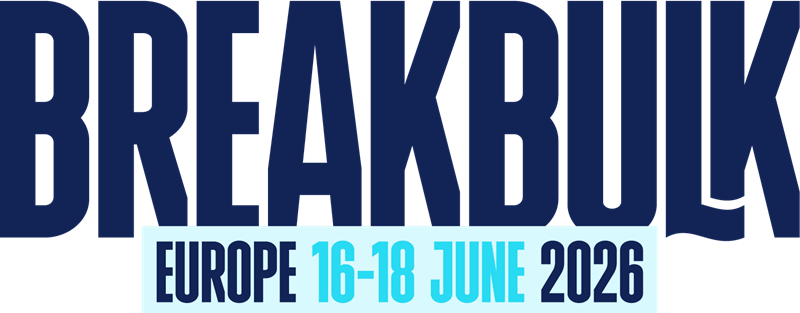

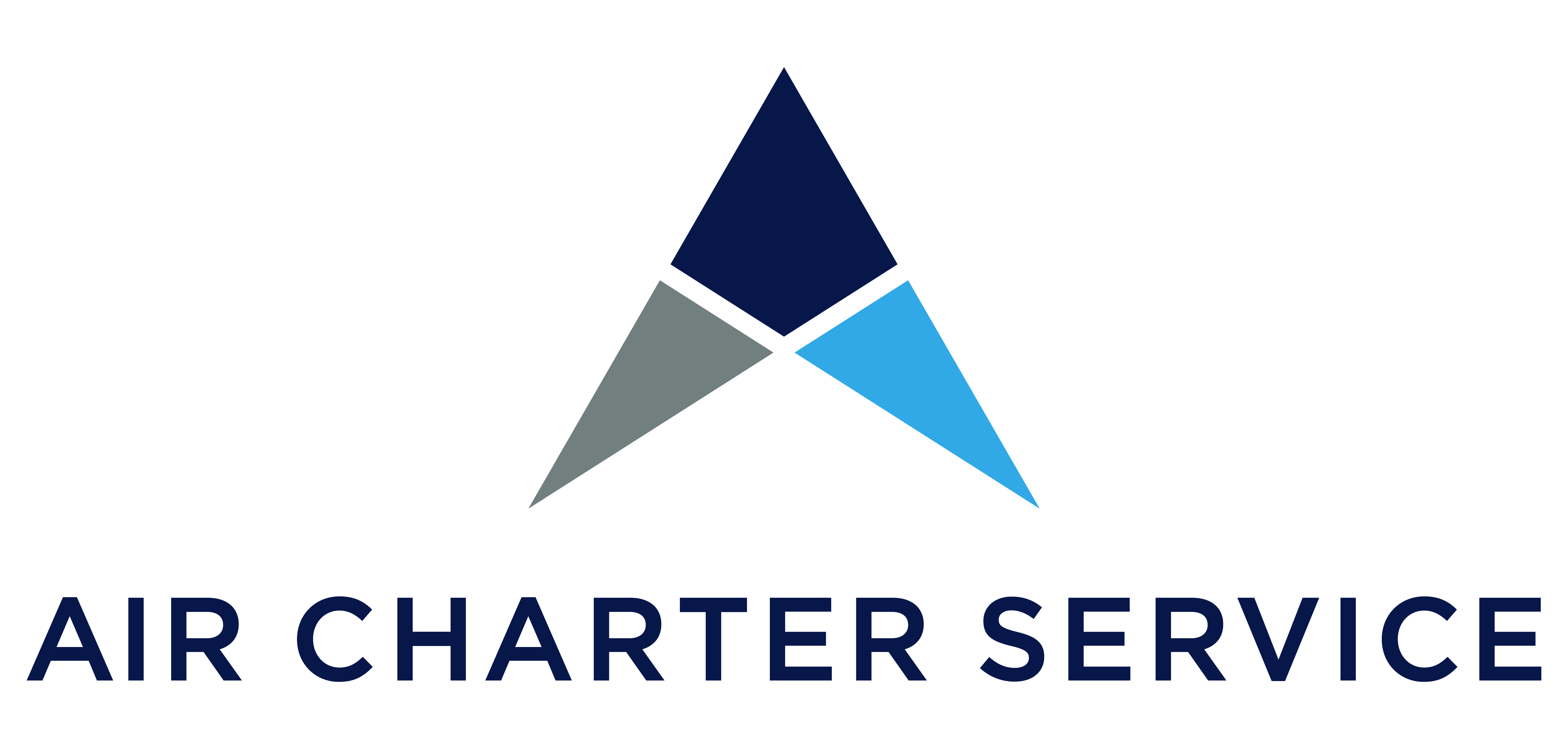

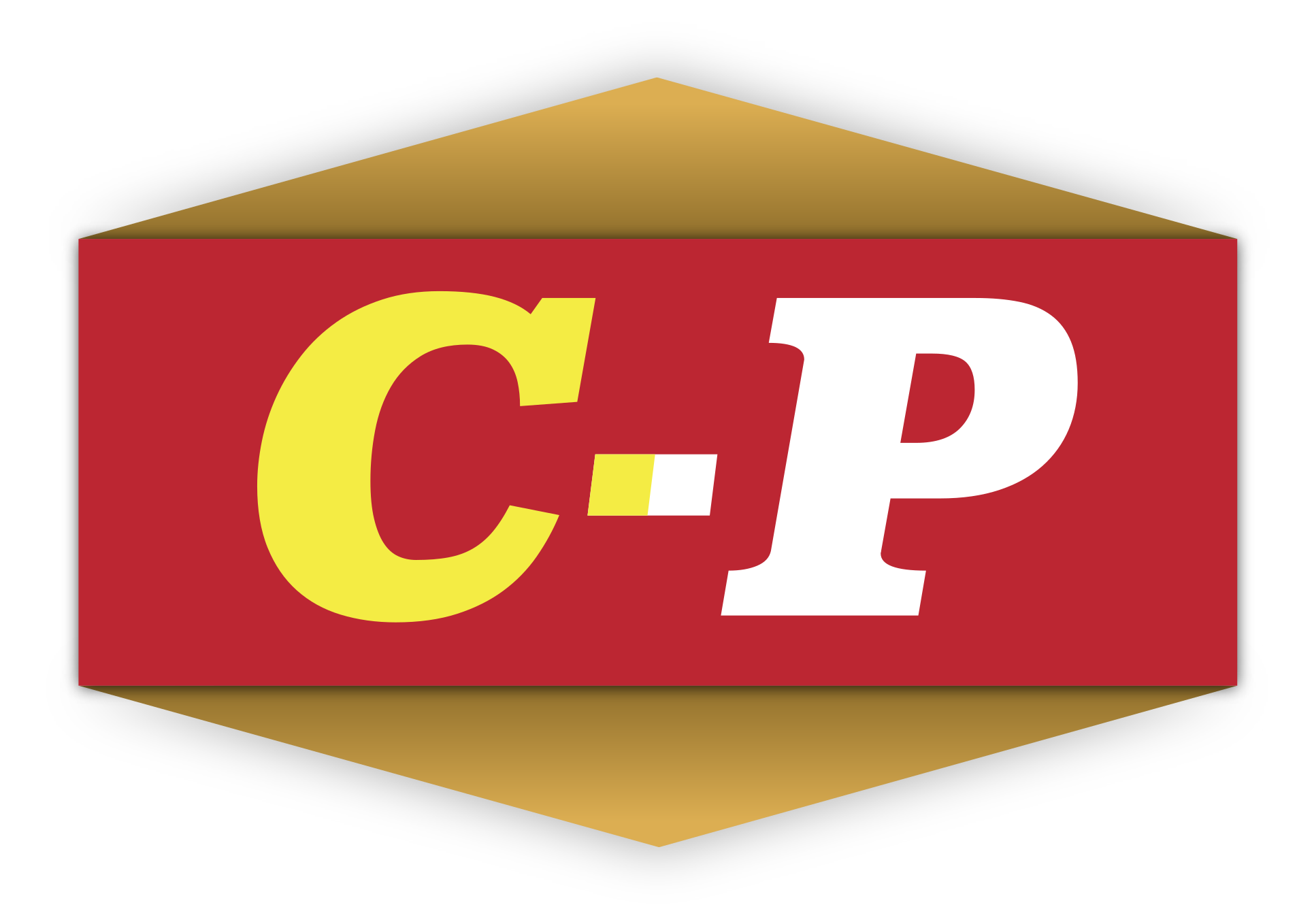
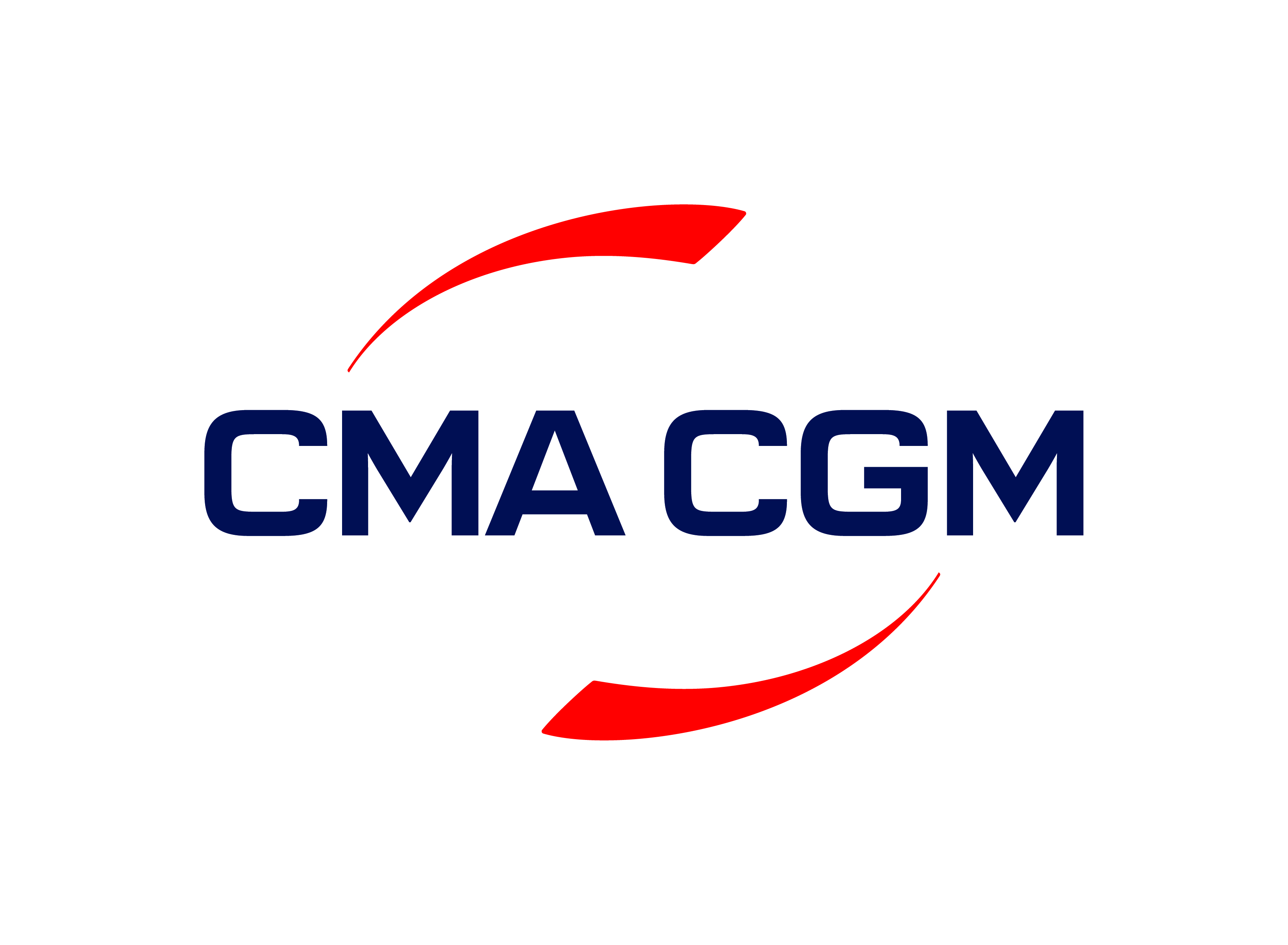
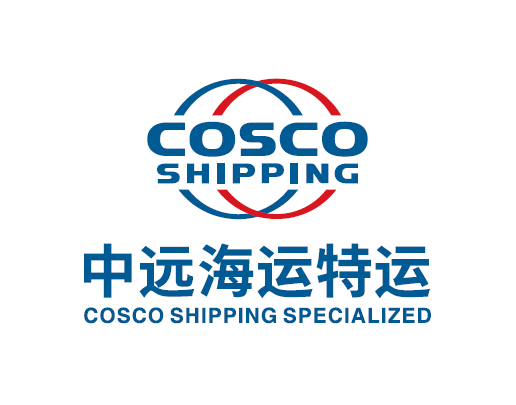
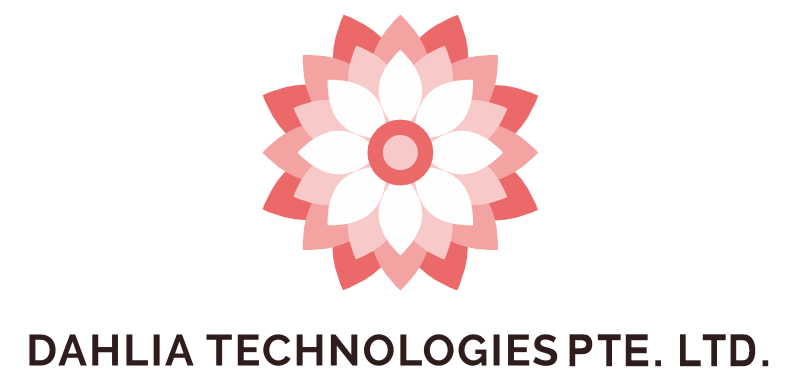
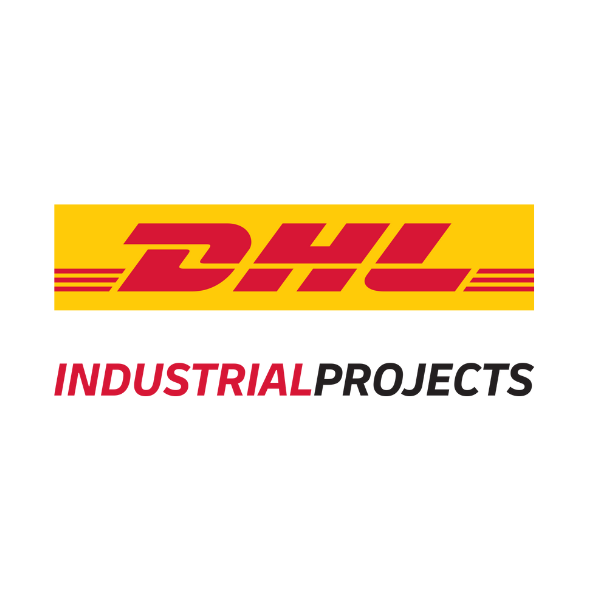
.png?ext=.png)
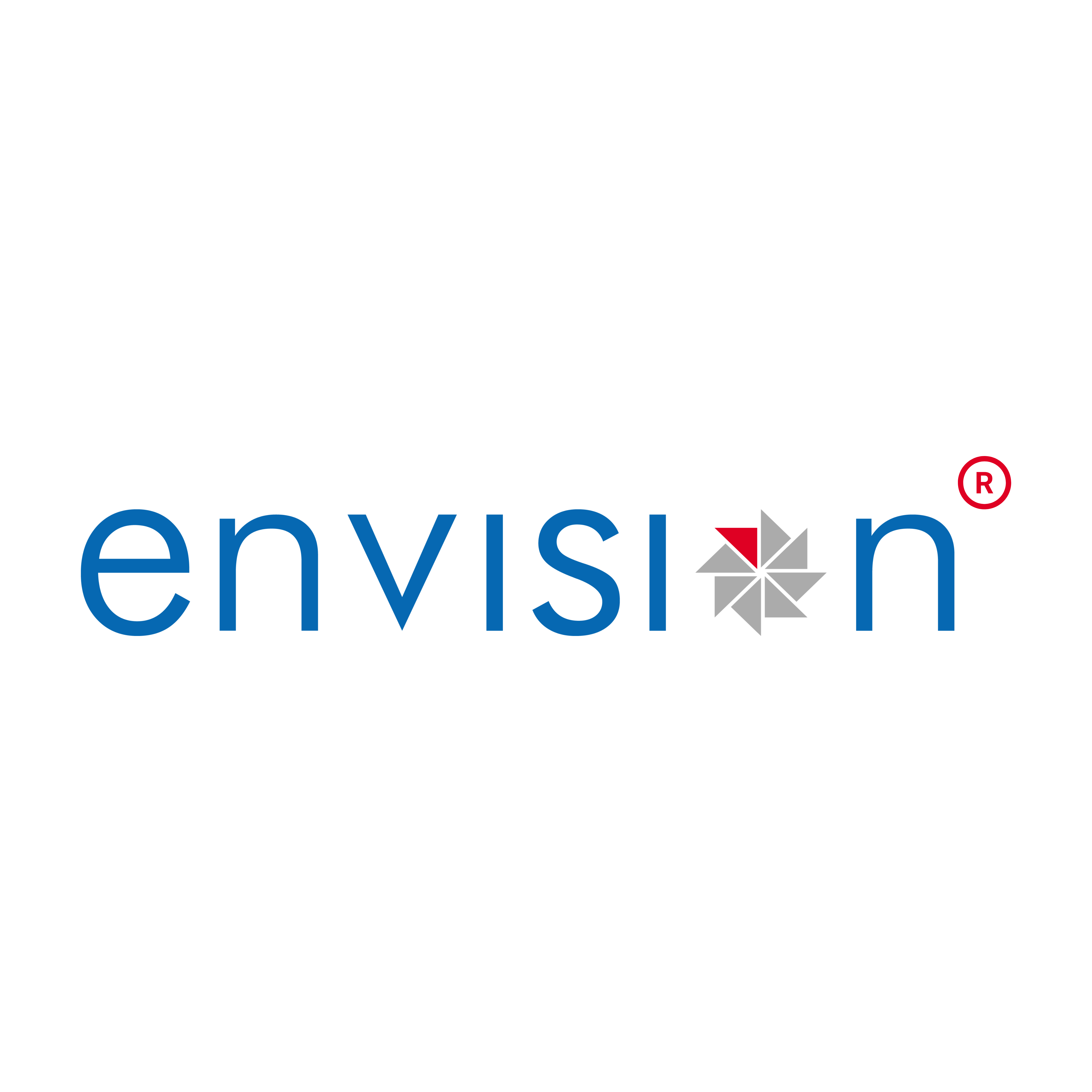
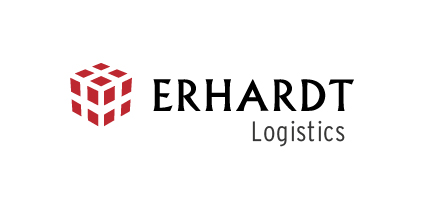

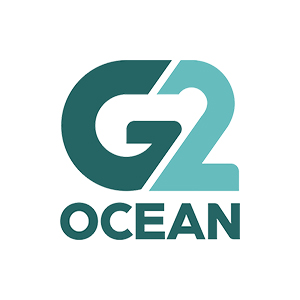
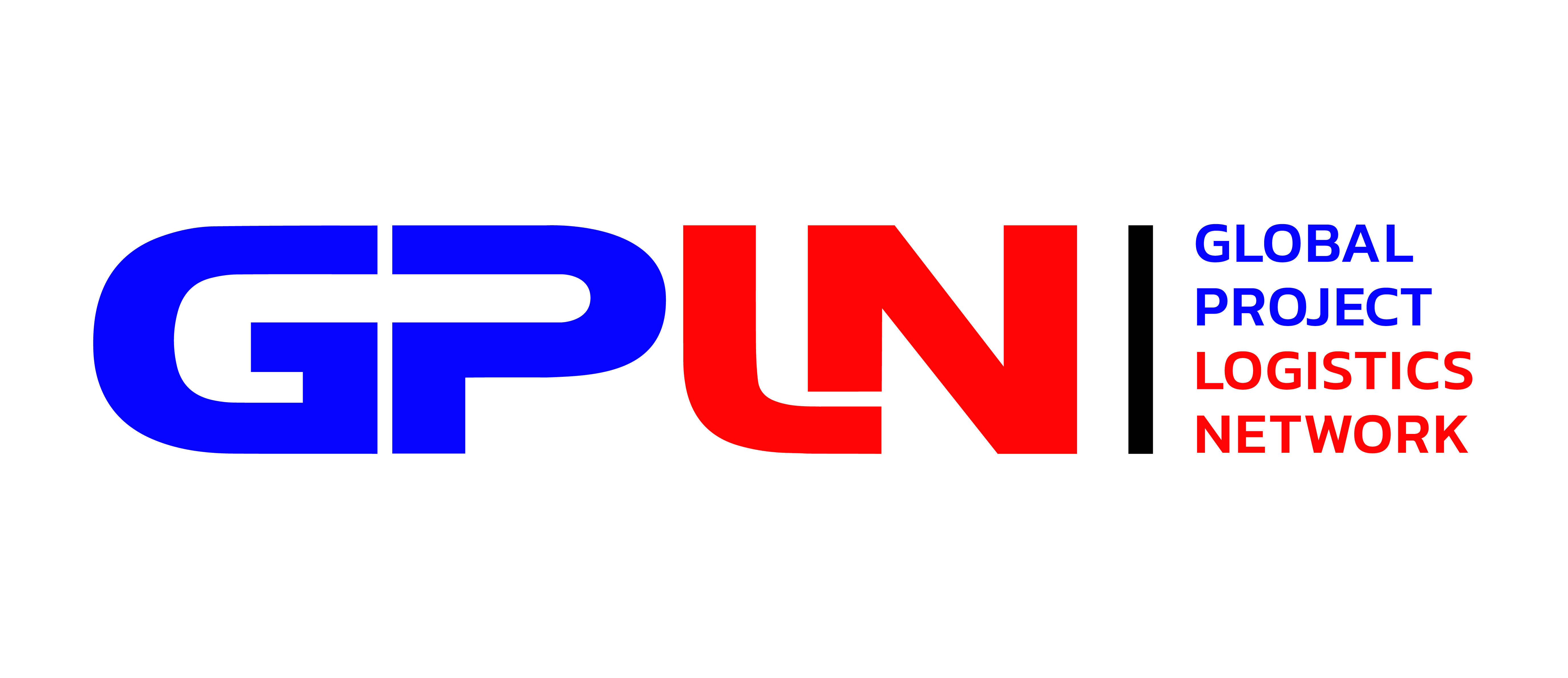
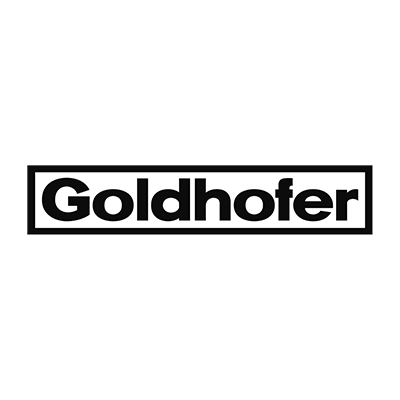
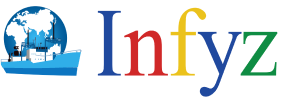
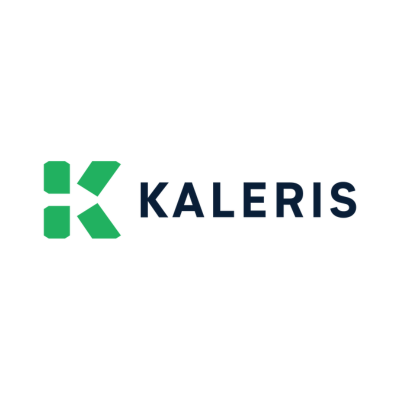
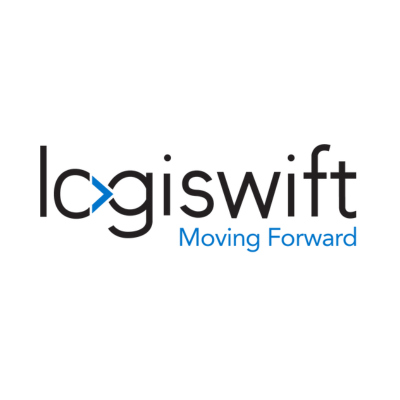
.png?ext=.png)
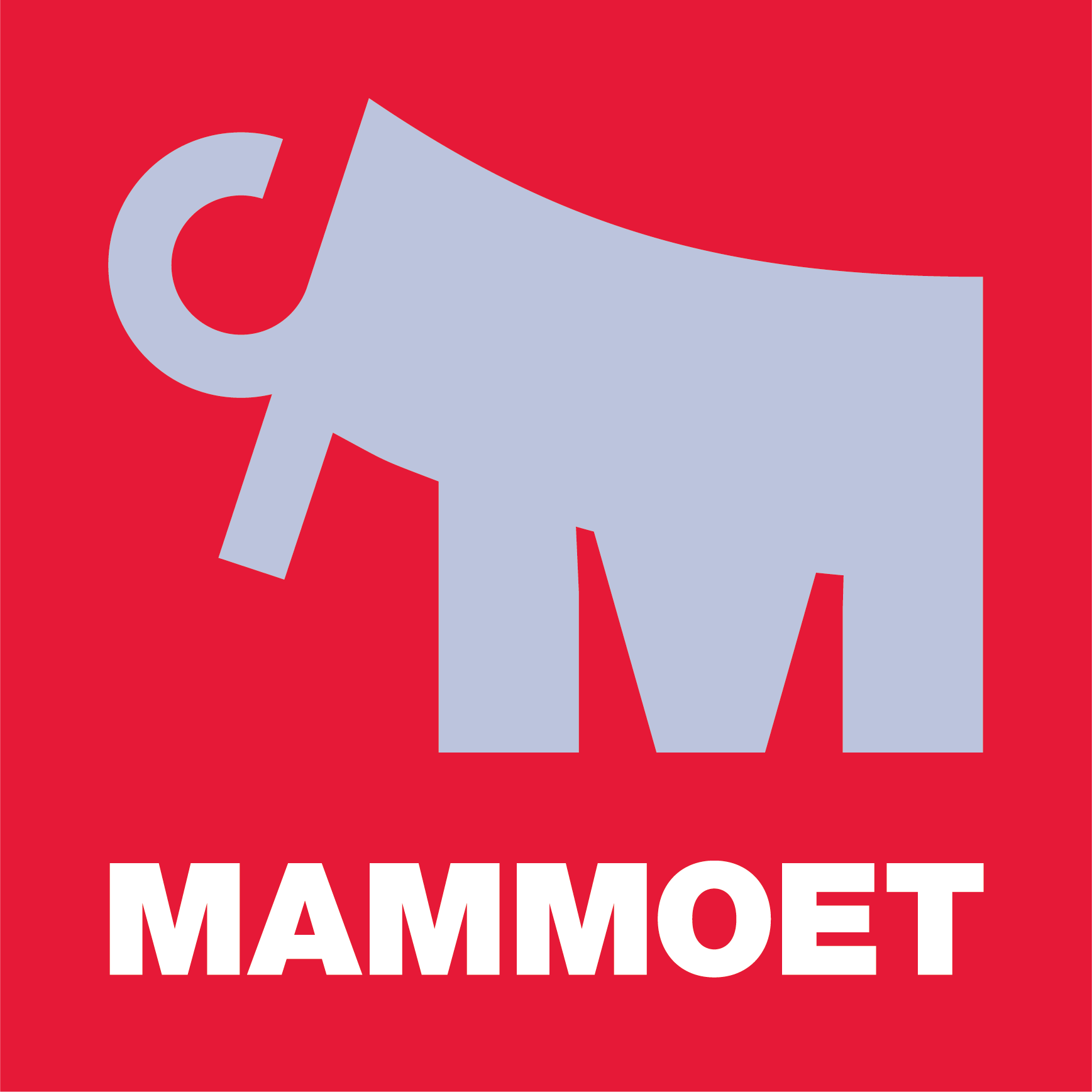
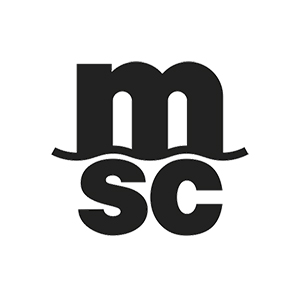
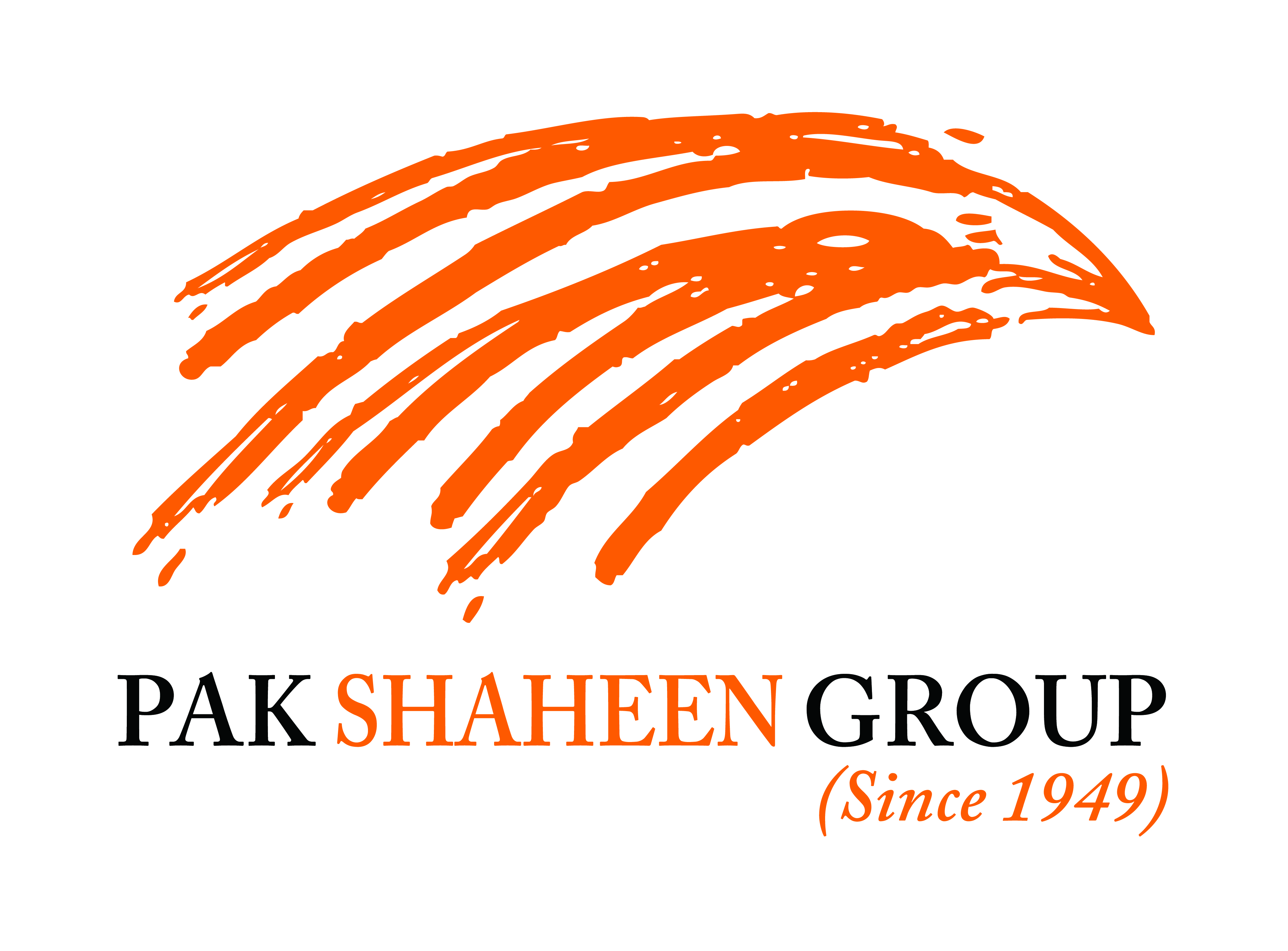
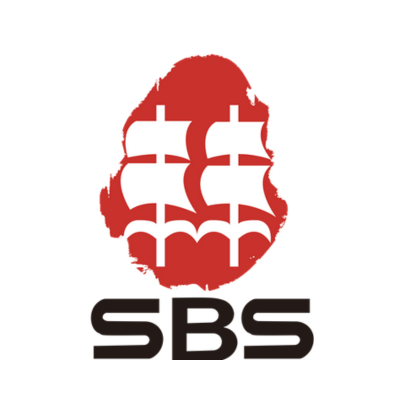
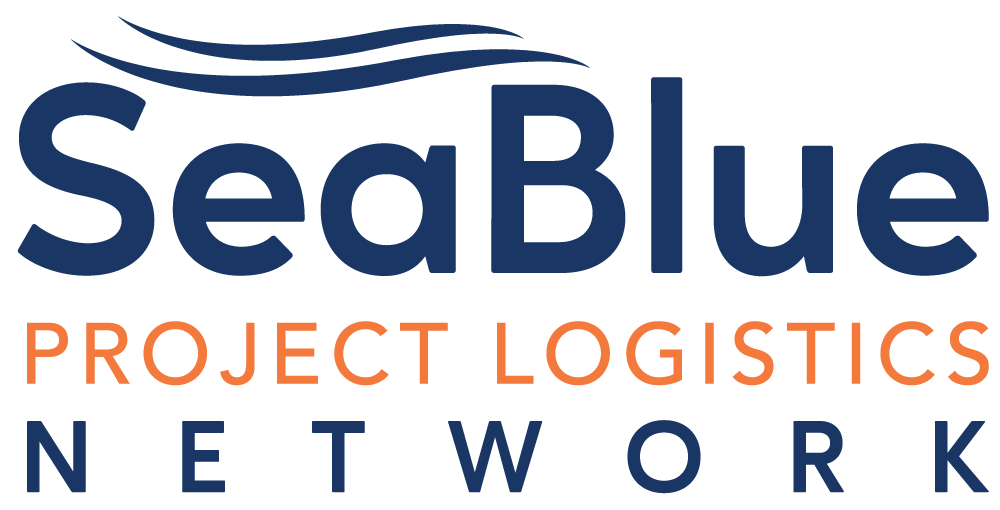
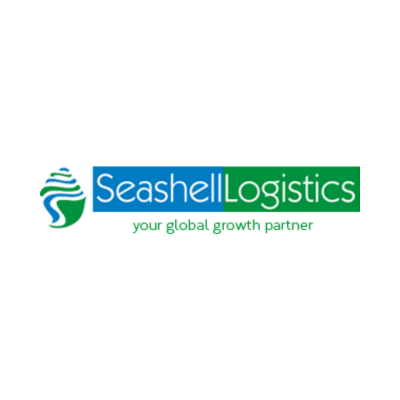
.png?ext=.png)
